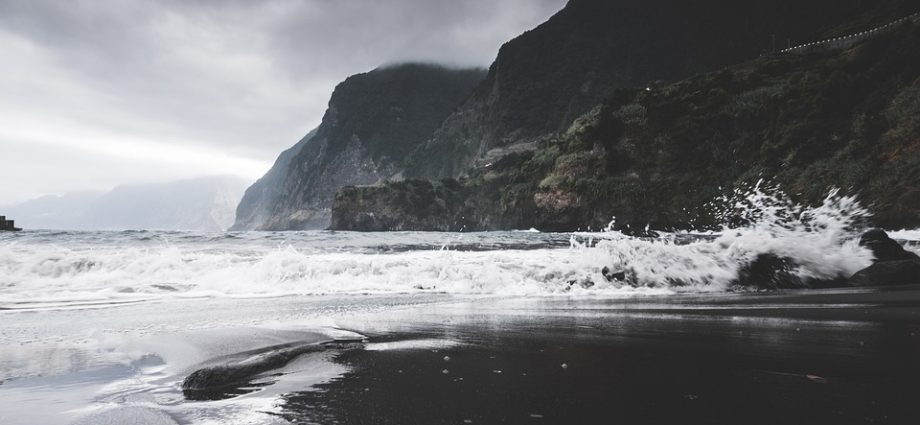Get to Know Portugal: A Land of Diversity and Beauty
Portugal, a country located on the Iberian peninsula in southwestern Europe, is a land of diversity and beauty. From its picturesque coastline to the rolling hills of the interior, Portugal has something for everyone. Whether you’re seeking sun, sand, and sea, historic cities, or charming villages, Portugal delivers. If you’re planning a trip to Portugal, here’s what you need to know.
Geography and Climate
Portugal is located in southwestern Europe, bordered by Spain to the east and the Atlantic Ocean to the west and south. It has a coastline that stretches for over 800 km, offering countless beaches and seaside towns to explore. The country’s interior is hilly and mountainous, with the highest peak reaching 1,993 meters at the Serra da Estrela.
The climate in Portugal varies depending on the region. The coastal areas have a Mediterranean climate, with mild winters and hot, dry summers. Inland regions have a more continental climate, with colder winters and hotter summers. The Azores and Madeira islands have a subtropical climate, with mild temperatures year-round.
Culture and Language
Portugal has a rich cultural heritage, with influences from its former empire, including Brazil, Africa, and Asia. Portuguese is the official language, with over 260 million speakers worldwide, making it the sixth most spoken language in the world.
Portugal is known for its traditional music, Fado, which is characterized by mournful songs about love, loss, and longing. Dance is also an important part of Portuguese culture, with popular traditional dances like the Vira, Chamarrita, and Corridinho.
Portuguese cuisine is diverse and delicious, with influences from the Mediterranean and its colonial past. Seafood is a staple, with grilled sardines, octopus salad, and bacalhau (dried and salted cod) being popular dishes. Other traditional dishes include Cozido à Portuguesa, a hearty stew made with different meats and vegetables, and Arroz de Pato, a duck and rice casserole.
Getting Around
Portugal has a well-developed transportation network, with options for every budget. The country has an extensive train system, with regular services connecting major cities and towns. Buses are also available, with frequent services between smaller towns and villages.
If you prefer to drive, car rental is widely available, but be aware that many roads in Portugal are narrow and winding. Taxis are another option, but they can be expensive, especially for longer journeys.
FAQs
Q: Do I need a visa to visit Portugal?
A: If you’re a citizen of the EU or the Schengen area, you don’t need a visa to visit Portugal. Citizens of certain countries, including the US, Canada, and Australia, can stay in Portugal for up to 90 days without a visa.
Q: What is the best time to visit Portugal?
A: The best time to visit Portugal depends on your interests. Summer (June to August) is peak tourist season, with hot temperatures and crowded beaches. Spring (March to May) and autumn (September to November) are great times to visit, with mild temperatures and fewer crowds. Winter (December to February) is mild and rainy, but the perfect time for exploring indoor attractions like museums and castles.
Q: Is Portugal a safe country to visit?
A: Portugal is generally a safe country to visit, with a low crime rate. However, tourists should exercise caution in crowded areas, particularly in major cities.
Q: What currency is used in Portugal?
A: The currency used in Portugal is the Euro.
Top 10 Tourist Attractions in Portugal
1. Lisbon – Portugal’s vibrant capital city, known for its historic architecture and lively nightlife.
2. Porto – A picturesque city on the Douro River, famous for its production of port wine.
3. Algarve – Portugal’s southernmost region, renowned for its beautiful coastline, golden sand beaches, and world-class golf courses.
4. Coimbra – A historic city in central Portugal, home to one of the world’s oldest universities.
5. Sintra – A fairy-tale town with colorful buildings and enchanting gardens, located just outside of Lisbon.
6. Madeira – A lush paradise island in the Atlantic, known for its scenic landscapes and mild climate.
7. Evora – A well-preserved medieval city in Alentejo, known for its Roman ruins and Gothic cathedrals.
8. Guimaraes – A charming town in northern Portugal, known as the birthplace of the nation and a UNESCO World Heritage site.
9. Peneda-Geres National Park – A breathtakingly beautiful national park in the north of Portugal, known for its rugged peaks, dense forests, and crystal-clear lakes.
10. Braga – A historic town in northern Portugal, known for its religious festivals and impressive baroque architecture.
In conclusion, Portugal is a land of diversity and beauty, offering something for every type of traveler. With its stunning landscapes, delicious cuisine, and rich cultural heritage, Portugal is a destination that should be on every traveler’s bucket list.
